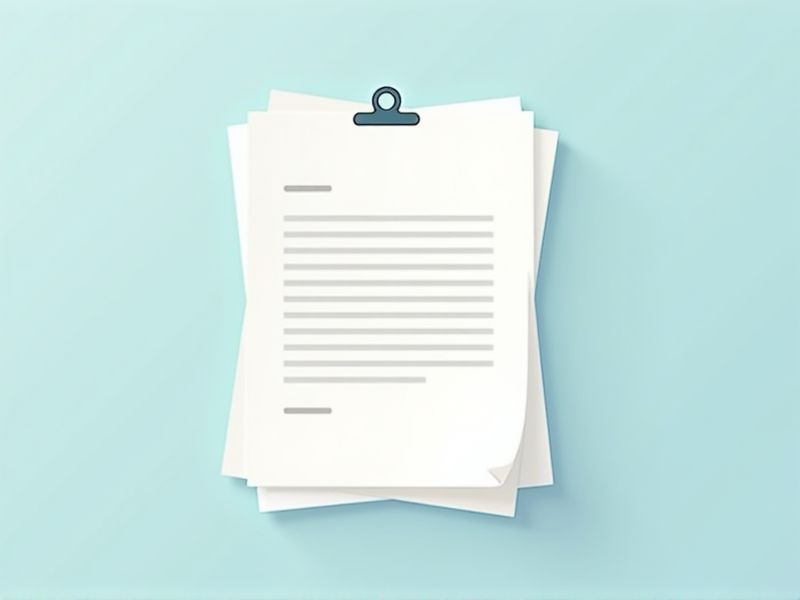
Effective business communication relies heavily on a well-structured letter format that conveys professionalism and clarity. Whether you're addressing clients, partners, or colleagues, following a proper letter structure helps ensure your message is understood and taken seriously. A typical business letter includes essential elements such as the sender's and recipient's addresses, date, formal salutation, body, closing, and signature. Paying attention to details like alignment, font, and spacing can also enhance readability and impact. For practical use, explore the various business letter templates available in this article to suit different communication needs.
Samples of letter format for business communication
Formal Letter Format For Business Communication
Professional Letter Format For Business Correspondence
Business Letter Format For Job Application
Standard Letter Format For Business Inquiries
Business Communication Letter Format Template
Effective Letter Format For Corporate Communication
Email Letter Format For Business Communication
Persuasive Letter Format For Business Proposals
Concise Letter Format For Business Updates
Modern Letter Format For Business Communication
Traditional Letter Format For Business Letters
Simple Letter Format For Business Communication
Detailed Letter Format For Client Communication
Follow-Up Letter Format For Business Meetings
Urgent Letter Format For Business Notification
Resignation Letter Format For Business Context
Thank You Letter Format For Business Networking
Complaint Letter Format For Business Issues
Inquiry Letter Format For Business Partnerships
Recommendation Letter Format For Business References
Important Things to Know when Writing Letter Format For Business Communication
Sender’S Information And Date Placement
The sender's information is typically positioned at the top of the letter, aligned to the left or centered, and includes your name, title, company name, and address, providing the recipient with clear identification of the sender. Following this, the date should be placed beneath the sender's details, also aligned to the left, stating the full date in a clear format. This organization not only establishes professionalism but also enables the recipient to understand the timeline of the communication. Proper placement of these elements is crucial in ensuring that your business letter conveys clarity and effectiveness.
Recipient’S Name, Title, And Address
When composing a business letter, it is essential to include the recipient's name, title, and address to ensure it reaches the intended individual properly. Begin with the full name of the person, followed by their title, which signifies their position within the organization, and then provide the complete address, including company name, street address, city, state, and ZIP code. This information not only makes your letter look professional, but it also prevents any delays or misdeliveries. Be diligent in verifying these details to enhance the effectiveness of your communication.
Clear And Concise Subject Line
A clear and concise subject line is crucial in business communication as it immediately informs the recipient about the content of your message. This practice not only captures attention but also enhances the likelihood of your email being opened and read promptly. Aim for a subject line that succinctly summarizes the main point, using relevant keywords that resonate with the recipient's interests or responsibilities. By prioritizing clarity, you set a professional tone and facilitate effective communication right from the start.
Professional Greeting And Closing
A professional greeting sets the tone for your business communication, ensuring a respectful and appropriate start. It's essential to address the recipient properly, using their title and last name unless instructed otherwise, as this conveys professionalism and consideration. Similarly, a closing statement is vital; it should express appreciation or anticipation of a response, reinforcing a positive connection. Remember, your closing should also include a formal sign-off, such as "Sincerely" or "Best regards," followed by your name and contact information, completing the correspondence on a note of professionalism.
Proper Structure: Introduction, Body, And Conclusion
Proper structure is crucial in business letter formatting to ensure clarity and professionalism. Start with a concise introduction that presents the purpose of your communication, capturing the reader's attention right away. The body should contain detailed information, allowing you to elaborate on your main points respectfully and directly. Conclude with a strong closing statement that reinforces your message and invites further dialogue if necessary.
